Fitting a new voltage regulator
The Video Course teaches you everything about modern cars.
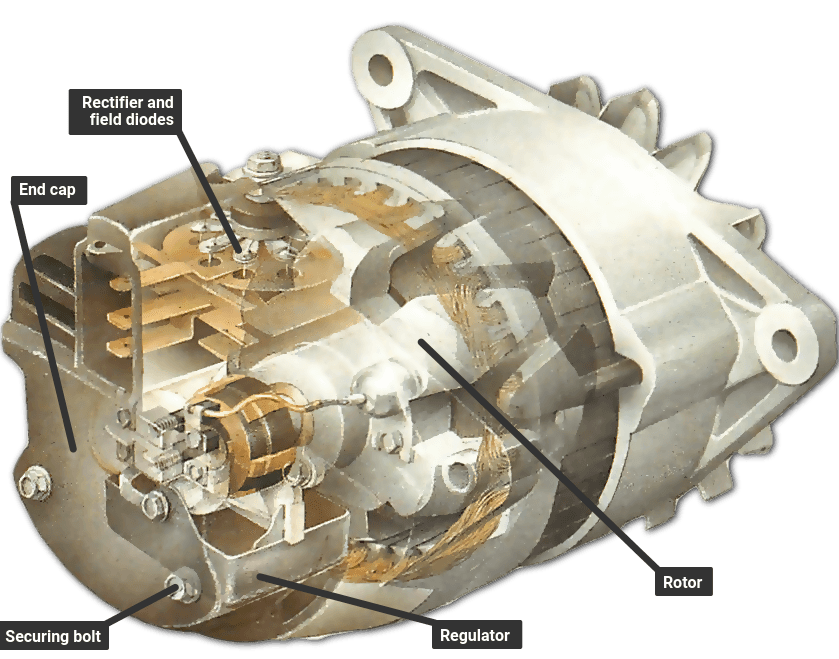
When you have tested the charging system of a car fitted with an alternator , and the checks in How to test a car battery point to a fault in the voltage regulator , make sure that you need to replace it. The fault may be elsewhere.
If the simple tests described here do not work, take the car to an auto-electrician; alternators fitted to modern cars are easily damaged.
Before doing any work on an alternator system other than testing, disconnect both terminals of the battery .
Incorrect charging or no output may be due to a badly earthed regulator. Make sure that the connections are clean and tight. The unit may be earthed through its mountings or by a separate lead.
Undercharging may be caused by faulty alternator brushes and slip rings (See Renewing alternator brushes ), as well as by a faulty regulator.
A simple way to check the alternator is to start the engine and connect a voltmeter across the battery terminals. If it registers battery voltage only, the fault is in the alternator or its wiring, or in a field isolating relay if fitted.
If it registers an excessive charge (15 volts or more) the regulator is faulty and you should replace it.
Replacing a Lucas ACR internal regulator
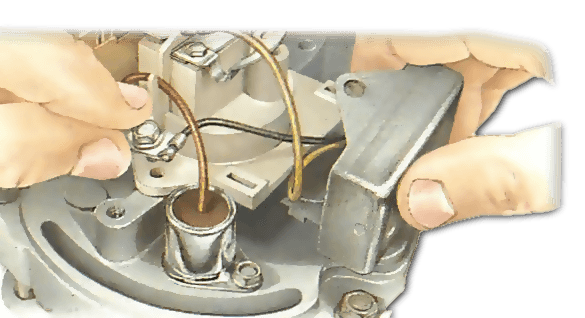
With the battery disconnected, remove the rear cover of the alternator. On most cars you must take the alternator off to reach it (See Testing an alternator and checking output ). Unfasten the leads there are two, three or four and a metal connecting tag - noting where they fit .
The regulator may be fixed by two screws, or by one screw and locating slots: note how these slots fit so that you can install the new unit correctly. Take care not to drop any screws or washers.
Some internal regulators have a field connecting link from a terminal to the regulator body.
The link protects the alternator from the battery when the ignition is switched off. You may need to slacken the link screw and move the link aside. Note the small plastic spacer .
The new unit may not be identical in all its respects to the old one - for example, it may have more or fewer connecting wires.
Follow the maker's instructions carefully; they will tell you how to connect the unit to various types of alternators.
Reassemble the alternator, reconnect the battery, start the engine and test (See How to test a car battery ).
Replacing a separate regulator
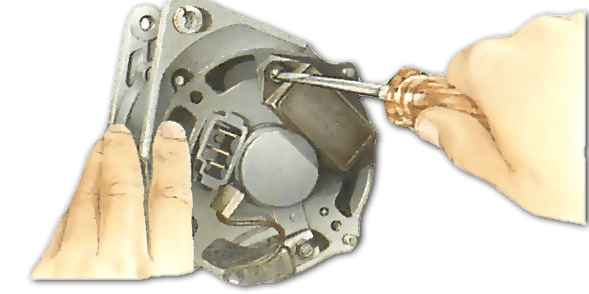
Replacing a separate regulator outside the alternator is straighforward, whether it is a modern transistor type or one of the electromagnetic kind fitted to some imported cars.
With the battery disconnected take the connections off the regulator. Label the leads to avoid confusing them.
Remove the fixing screws and take off the regulator. Clean the area behind it to ensure a good contact if the regulator is earthed through its mountings.
Fit the new unit, reconnect the leads, and then the battery. Start the engine and test the regulator.
Independent regulators
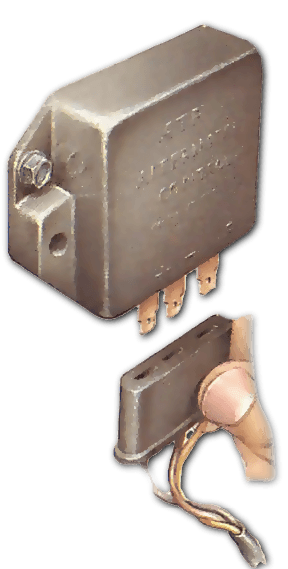
Although the trend is towards designing the electronic regulator into the alternator, some are still separate.
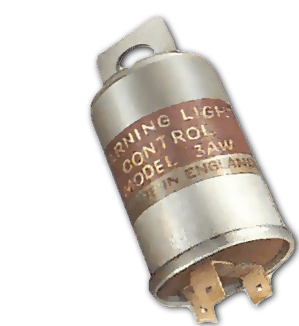
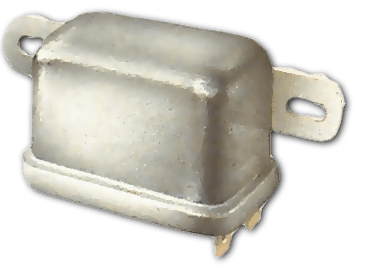
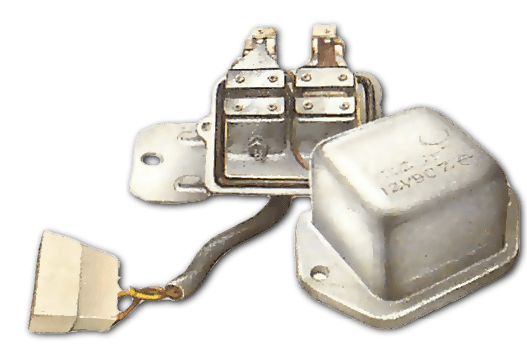
An older car may have a dynamo instead of an alternator. A dynamo has a separate regulator, the control box (See Cleaning and replacing a control box ), which has three electromagnetic switches for controlling the current , the voltage and for cutting out when necessary, to prevent the battery from discharging through the dynamo.
Some alternators have separate electromagnetic regulators, and some have a separate field isolating relay, an electromagnetic switch which protects the alternator when the ignition is switched off.
Some cars have a separate control in the circuit for the warning light on the instrument panel.
The Ultimate Car Mechanics video course
Learn everything about modern cars from our new video series.
Learn more >-
We build a Mazda MX5 Miata from scratch
We start by tearing down and then rebuilding the whole car.
-
Every part explained
There's ridiculous detail on every part. Clearly and easily explained.
-
All modeled in 3D
We've created the most detailed 3D model ever produced so we can show you everything working.






